I am programming an Altera FPGA using Quartus II v9.0 to count encoder pulses and output that count to an external LabVIEW program (see diagram below). I was able to debug one issue with my code thanks to the StackExchange community, but now I am getting intermittent run-away in my encoder count.
As I move my encoder, my LabVIEW code is displaying the current count correctly. When I stop moving the encoder, the count stops about half the time, and the other half the count just runs away. I suspect that the encoder is getting stuck in an in-between state and one of my phases is fluttering. Is there a trick that I can use to filter this out, or a better method of counting encoder pulses that I can program into my Altera FPGA?

simulate this circuit – Schematic created using CircuitLab
The 4-input XOR block executes as:
(IN1 xor IN2) xor (IN3 xor IN4)
The Count enable and Count direction signals are going in to a 32-bit built-in counter function (LPM_COUNTER) on my Altera FPGA programmed using Quartus II v9.0. The output of this counter is stored in a buffer (LPM_BUSTRI) and read using a LabVIEW program whenever the LabVIEW code needs it. I have a similar LabVIEW code reading other buffers from the FPGA that is working fine, so I am fairly certain that the problem lies in my FPGA somewhere.
I have tried adding a trigger delay to the A and B signals that only registers a change in the signal if that signal has remained high or low for a certain number of clock cycles (I tried 2 and 4 so far). This seemed to make the problem worse. I also tried adding a fourth set of D-Q flip-flops, which did not have any obvious effect.
Thank you for your help!